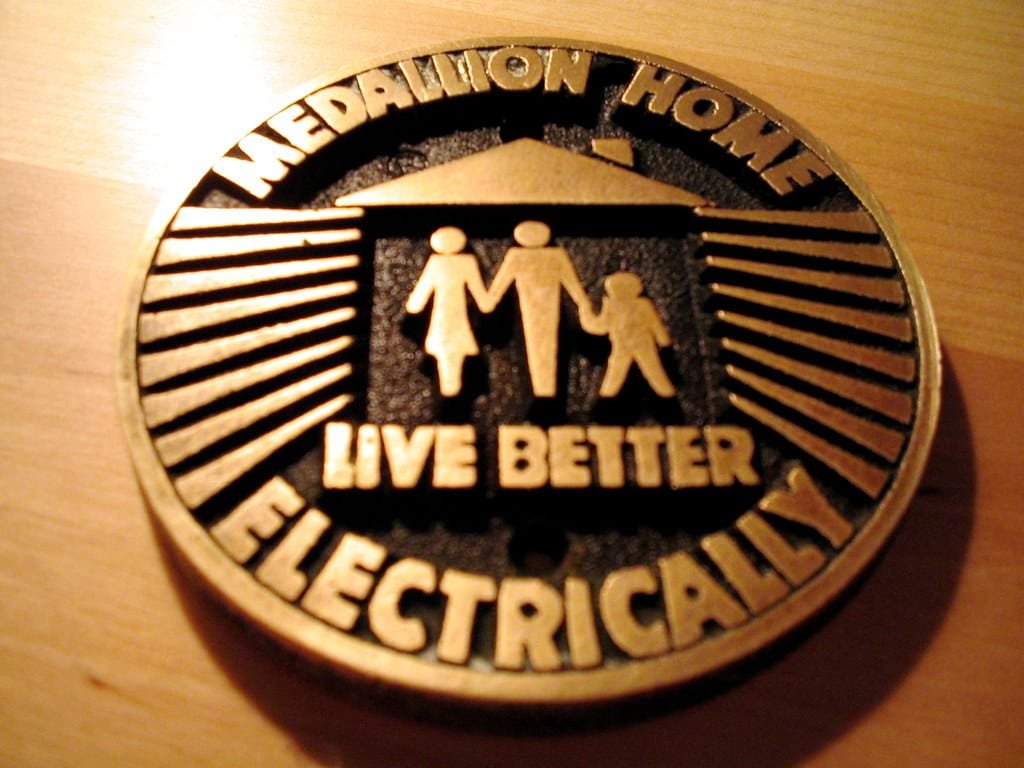Energy: What Is Time‑of‑Use (TOU) Billing?

Imagine. My sister and I are tackling our electricity bills.
She’s in Ontario, where there’s time‑of‑use (TOU) pricing. Think “happy hour” rates for electricity. But I‘m in New Brunswick, where every kilowatt‑hour (kWh) costs the same no matter when I use it.
TOU billing pads her wallet while mine gets pinched.
What Is Time‑of‑Use (TOU) Billing?
Time‑of‑Use billing charges different prices for electricity depending on when you use it:
- On‑Peak (high demand): highest price
- Mid‑Peak (moderate demand): middle price
- Off‑Peak (low demand): lowest price
The goal? To encourage you to run the dishwasher after dinner or charge your EV overnight, moving consumption away from strained peak hours.
This approach is a classic example of demand‑side management (DSM), which “modifies consumer demand for energy through financial incentives. It works to smooth out peaks and troughs in grid usage. Wikipedia.
Ontario’s TOU Menu
As of November 1, 2024, Ontario’s winter TOU rates are:
- Off‑Peak (weekdays 7 p.m.–7 a.m., all day weekends/holidays): 7.6¢/kWh
- Mid‑Peak (weekdays 11 a.m.–5 p.m.): 12.2¢/kWh
- On‑Peak (weekdays 7–11 a.m. & 5–7 p.m.): 15.8¢/kWh
You can see the full breakdown on the Ontario Energy Board’s announcement. Because folks naturally use about 65% of their electricity during off‑peak hours, their average cost can drop to around 9–10¢/kWh (versus the on‑peak rate of 15.8¢) simply by shifting laundry, charging devices, or running heat pumps to cheaper times.
New Brunswick’s Flat‑Rate Reality
In New Brunswick, residential customers pay a flat energy charge of 15.17¢/kWh all day, every day—no off‑peak discount to sweeten the deal. See NB Power.
That means whether I’m brewing my morning coffee at 7 a.m. or binge‑washing dishes at midnight, it’s at the same rate.
Why It’s Great for Her Wallet—and Tough on Mine
- Her advantage: By moving high‑consumption activities to off‑peak times (think late‑night laundry or weekend dishwasher loads), your sister pays as little as 7.6¢ instead of 15.8¢.
- My predicament: With no off‑peak tier, you’re stuck at 15.17¢/kWh no matter when your dryer hums to life. There’s no “happy hour” to lower your bill, so your average cost stays higher.
Real‑world example: Let’s say you both use 1,000 kWh a month. She could save roughly:
(15.17¢ – 9.8¢) × 1,000 kWh ≈ $53.70
just by running major appliances off‑peak. That’s a few extra latte runs each month!
Environmental Upside of TOU
TOU pricing isn’t just a financial nudge—it’s a green one. By shaving down peak demand:
- Fewer peak-plant emissions: Utilities fire up less‑efficient, fossil‑fuel generators only during peaks. Shifting load cuts those runs, lowering greenhouse‑gas output
- Better renewables integration: When wind or
- solar output spikes at night or midday, TOU encourages you to use clean electrons then, reducing waste and balancing the grid.
- Grid resilience: Smoother demand profiles mean fewer blackouts and less need for costly grid upgrades.
In other words, TOU billing turns every household into a mini‑grid partner. In some places it’s an ally in slicing bills; In others it’s silently ticking away the same 15.17¢ every hour.
See our night‑owl appliance hacks.
